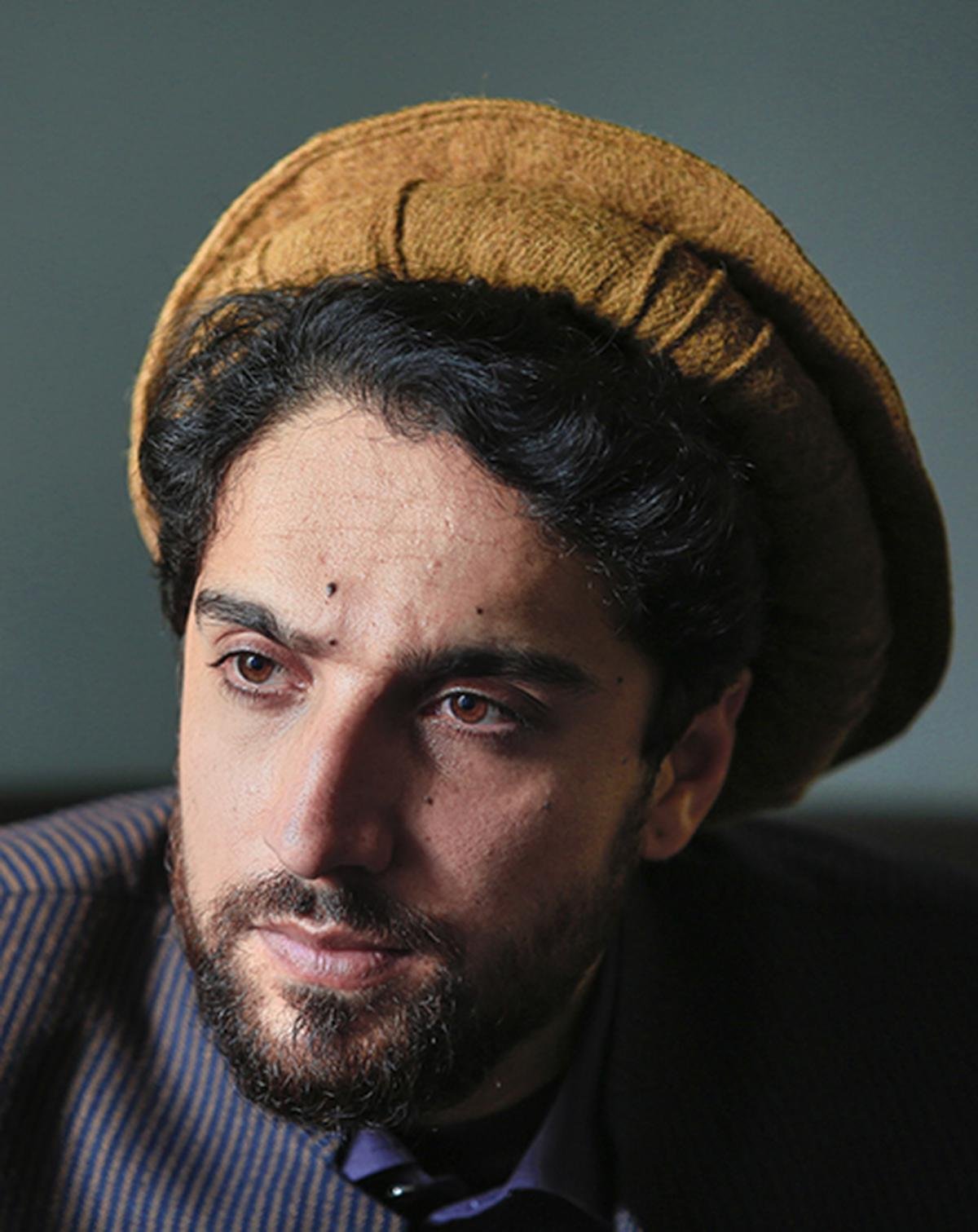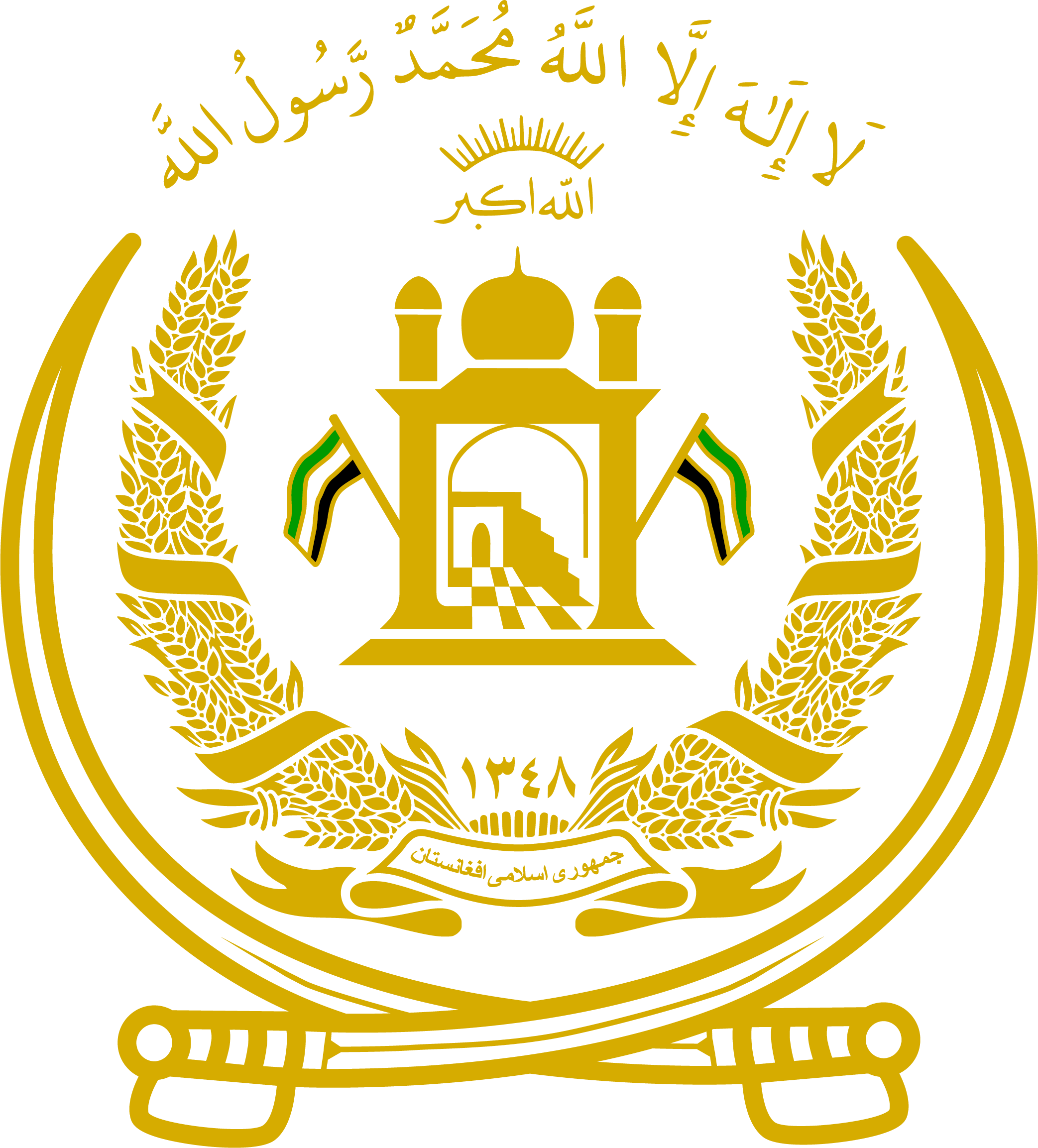National Resistance Front of Afghanistan
Ahmad Massoud, harnessing the spirit of unity and shared vision, has assembled an alliance with distinguished leaders from the former Northern Alliance. Together, they spearhead a resilient force of thousands, committed to safeguarding the people of Afghanistan. Their first base in Panjshir, the cradle of resistance, serves as a symbol of their dedication to free Afghanistan from the shackles of the Taliban and restore freedom to its rightful owners - the citizens of Afghanistan.
The National Resistance Front, driven by the pursuit of an autonomous nation, seeks to establish social justice, safeguard human and civil rights for all, and ensure equal representation for every citizen. They aim to do so irrespective of race, ethnicity, gender, or religion, through the rekindling of a tolerant, rational interpretation of Islam and the continuous fostering of a democratic Afghanistan.
Understanding Afghanistan's multicultural identity, the National Resistance Front recognizes the necessity for a decentralized and equitable power distribution to ensure domestic tranquility and pluralism. Such decentralization endows the people, both men and women, with the right to self-determination, enabling them to elect representatives who truly reflect their interests, free from external influence or interference.
“I am willing and ready to forgive the blood of my father for the sake of peace, security, and stability in Afghanistan.”
Afghanistan is a multicultural state. For lasting peace, only decentralization of the political system and the adoption of political pluralism will ensure the equal distribution of power between all people—regardless of ethnicity, gender, or religion—and enable women and men to enjoy their full rights as citizens and human beings while preserving their cultural identities.
The five aims the NRF is fighting in pursuit of:
Establish social justice, equality and culture
Provide freedom for all citizens of Afghanistan
Uphold women's rights and human rights
Revive rational Islam in Afghanistan
Preserve Democracy in Afghanistan
Disinformation on the NRF
Use of Ethnic Flags
The Lie: One of the most common misconceptions about the NRF amongst Afghans is their employment of flags. For example, one of the most common flags used by the NRF is the green, white, and black tricolor that has been affiliated primarily with the Tajik ethnicity and the former United National Front (more commonly known as the “Northern Alliance”). This has led to a basis of accusation against the NRF in promoting ethnic dominance and disenfranchisement.
The Truth: The NRF has two official flags; the green, white, and black flag originally used by the United National Front or Northern Alliance; and the black, red, and green flag used under the Islamic Republic of Afghanistan. These flags can be seen displayed in statements from Ahmad Massoud and other leadership in the NRF. They are displayed in a dualistic manner to represent the diversity of Afghanistan and respectfully those who identify with them. The NRF has also stated that although these are their official colors, they welcome the use of more locally used ethnic flags such as the Pashtun, Tajik, Hazara, and Uzbek flags, that are the most predominantly used.
Khorasan Misappropriation & ISKP
The Lie: There's an intricate web of disinformation by Taliban and other extremist groups that seek to distort the aims and values of the National Resistance Front led by Ahmad Massoud. “Khorasan,” a term deeply entrenched in Afghanistan's rich cultural history and Persian heritage, is being misused to stoke divisions. The Islamic State Khorasan Province (ISKP) - a terrorist group with roots in Pakistan - has chosen the term as part of its identity, in an apparent strategy to create confusion and sow discord. By exploiting the rich historical significance of “Khorasan”, the ISKP's aim is to deepen ethnic divides and further its own extremist agenda. This misappropriation of “Khorasan” has given rise to a false equivalence between the ISKP and the NRF, despite their fundamentally contrasting ideologies and objectives.
The Truth: The National Resistance Front (NRF) under Ahmad Massoud's leadership, in its pursuit of national unity, stands in stark opposition to the extremist ideologies espoused by the ISKP. The vision of the NRF is not to carve out a separate “Khorasan” state but to build a united, democratic Afghanistan, where justice, human rights, equality, and a moderate interpretation of Islam prevail. The NRF aims to establish a system of governance that is decentralized and promotes political pluralism, ensuring an equal distribution of power to all the people of Afghanistan - regardless of their ethnicity, gender, or religion. By attempting to equate the NRF with the ISKP, detractors are distorting the NRF's mission and misrepresenting the true cultural significance of 'Khorasan'.
Ethnic Movement
The Lie: Primarily promoted by Taliban apologists and supporters on social media; the NRF has been accused of being a movement that is exclusive to a single ethnic group. Taliban supporters promote this idea to discredit the NRF’s legitimacy among Pashtuns and to advance their own agenda. They claim on their own that the NRF is seeking to establish a partitioned Afghanistan and establish a state known as “Khorasan”. However, there is no consistency with these claims, and each person who promotes this lie has their own idea on how the NRF will go about doing this.
The Truth: These lies could not be further from the truth. The very idea of an ethno-centric state completely contradicts everything the NRF has thus stood and fought for. The NRF has supporters from all ethnic groups, and continues to grow each day. In Ahmad Massoud's Nowruz address, he states:
“We in no way – I repeat once more – in no way will ever accept ethnic and religious discrimination, gender inequality, or any other forms of prejudice. Any individual, or any group, who engages in such activities is in no way associated with us or the National Resistance Front of Afghanistan.”
The NRF is fighting for an ethnically pluralistic state that unites all ethnic groups under a decentralized democratic government, and has supporters from all ethnic groups across Afghanistan.
Ahmad Massoud is a warlord
The Lie: Ahmad Massoud has been portrayed as yet another warlord from Afghanistan fighting for his own personal gain and influence. This image of him has been justified through his exile from the country and his lineage to his father Ahmad Shah Massoud. The Legacy of warlordism in Afghanistan is ugly and has left terrible wounds in Afghan society. Even so, this does not rule out the fact that even in the past twenty years, there are Afghan leaders who are fighting for a just cause.
The Truth: During the final days of Afghanistan’s National Defense and Security Forces (ANDSF), many high ranking figures in the government and military had stolen millions of dollars and fled the country. Commander Ahmad Massoud had refused to surrender, and refused to betray his nation as so many had. He, along with other leaders and ANDSF remnants who were willing to fight, established the National Resistance Front to resist against the Taliban. When negotiating with the Taliban, Commander Massoud was offered a ministerial position for his surrender and the submission of the NRF. He refused, and reinforced the cause of the resistance, in pursuing the establishment of a decentralized democratic system.


